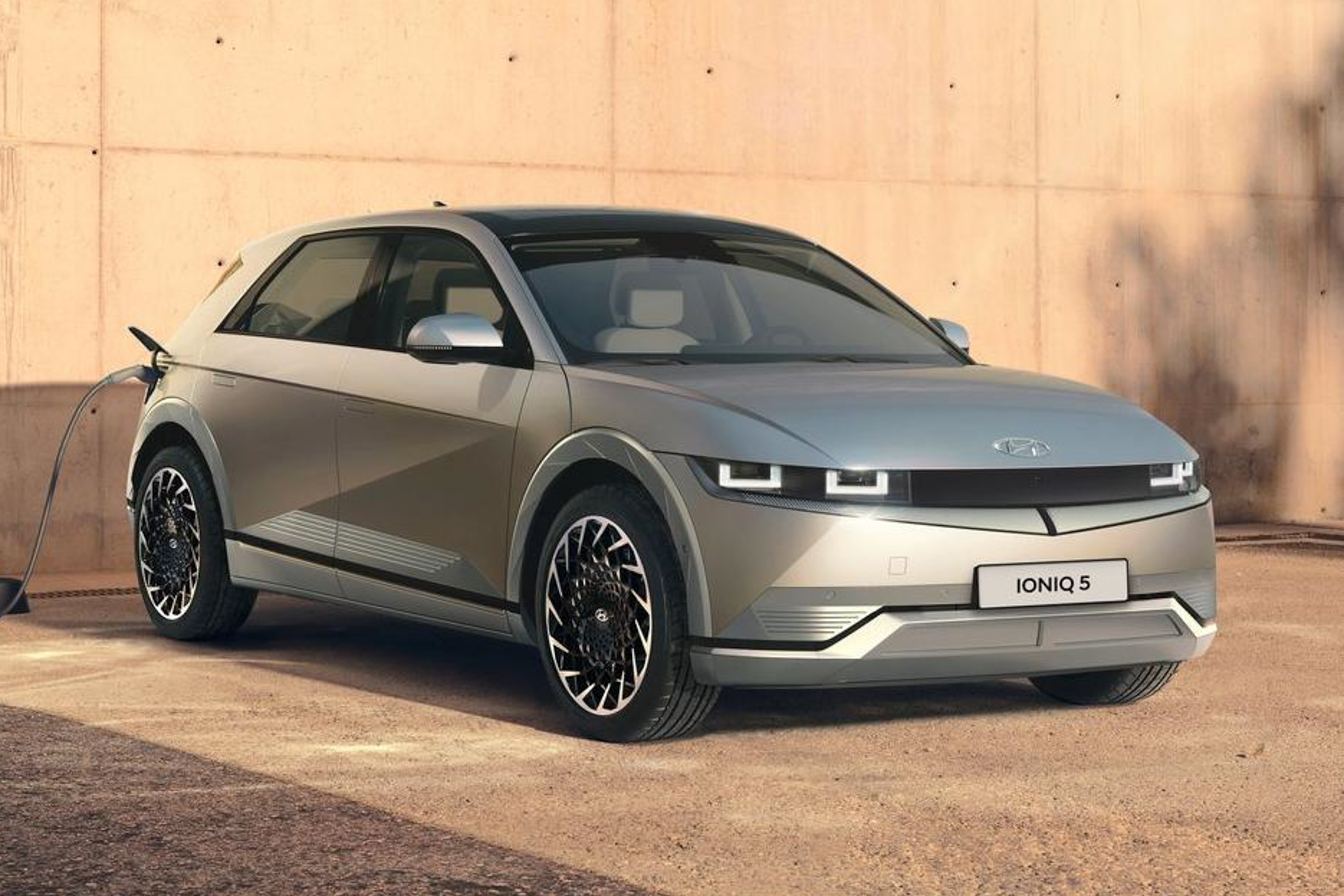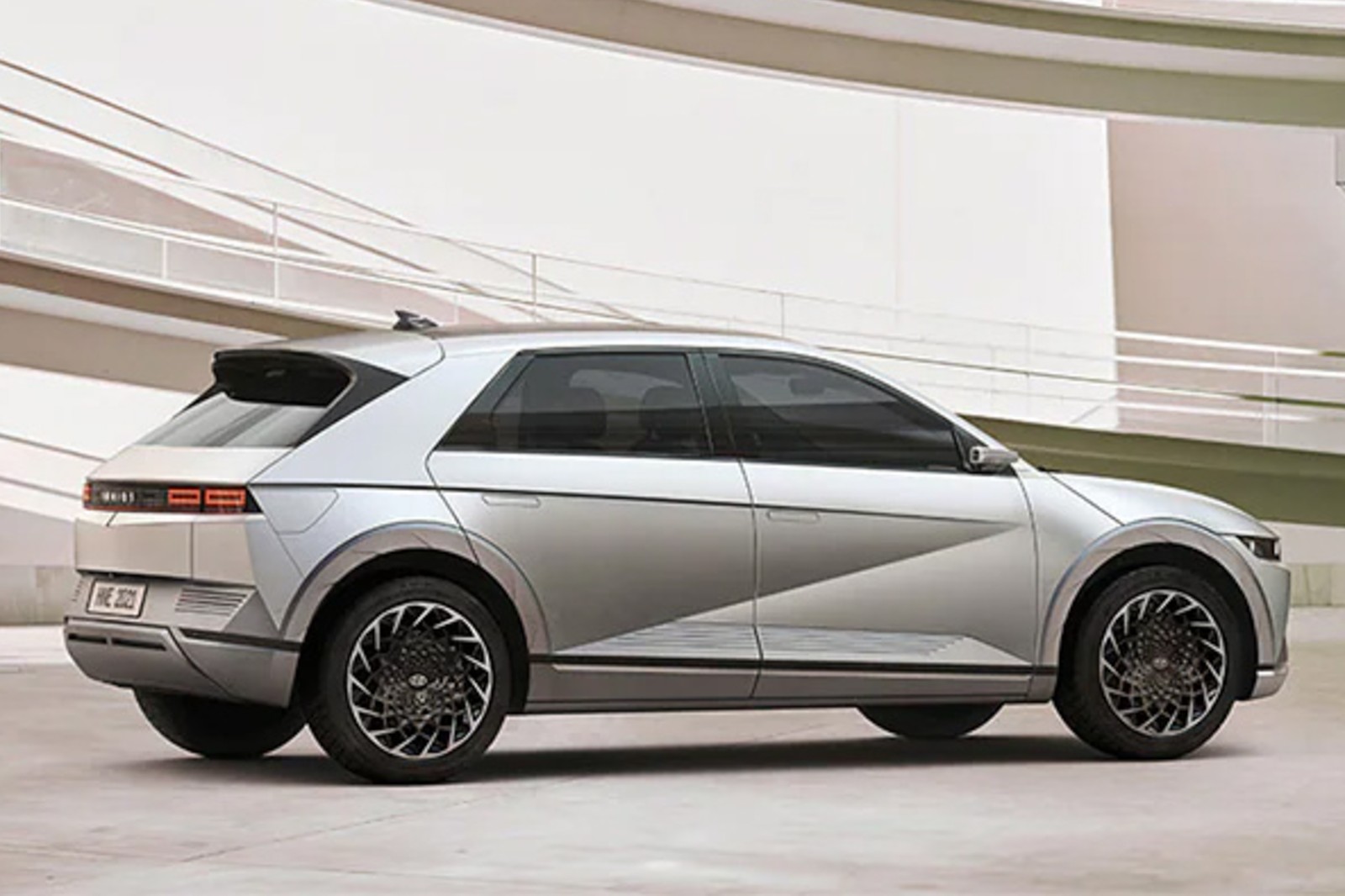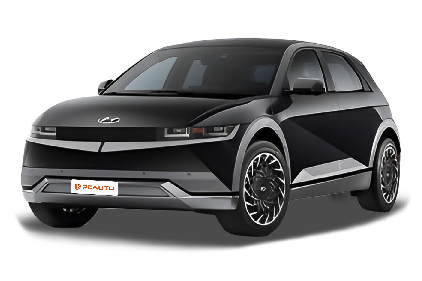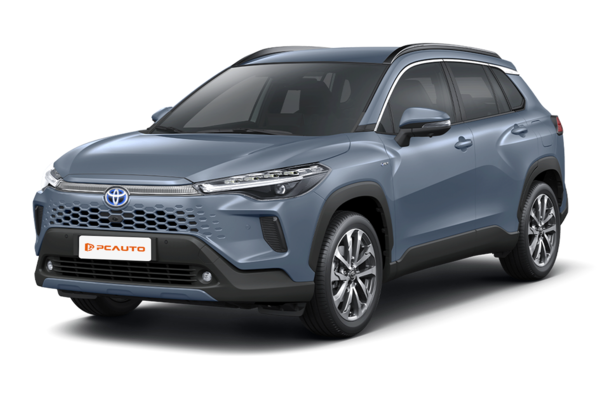Q
Is there a recall on the 2025 Hyundai Tucson?
As of now, there have been no official recall notices issued for the 2025 Hyundai Tucson. However, owners are advised to periodically check the brand’s official website or authorized service centers for the latest updates to ensure their vehicle meets safety standards. Hyundai typically initiates proactive recalls if potential safety concerns are identified, covering solutions like software updates or part replacements. Owners can verify whether their vehicle is affected by entering the VIN on the company’s website.
If you have questions about your Tucson’s performance or features, reach out to your local dealer for technical support. The Tucson, known for its smart tech and fuel efficiency, comes with rigorously tested safety systems—like forward collision warning and lane-keeping assist—so regular maintenance as outlined in the manual should keep it running smoothly.
For broader awareness, keep an eye on automotive news outlets or transportation authority announcements. These sources often detail recall reasons and fixes, helping you address risks promptly.
Q
What are the models of the 2025 Hyundai Tucson?
The 2025 Hyundai Tucson is expected to carry over the current model's powertrain options, offering both gasoline and hybrid variants. The gasoline models will likely feature either a 2.0L naturally aspirated or 1.6T turbocharged engine, while the hybrid version pairs a 1.6L turbocharged engine with an electric motor. Transmission choices should include a 6-speed automatic or 7-speed dual-clutch gearbox, with select trims offering HTRAC all-wheel drive.
Design-wise, the new Tucson will probably stick with Hyundai's "Sensuous Sportiness" design language, featuring the signature parametric grille and full-width LED lighting. Inside, expect a larger dual-screen setup and the latest connected tech.
As one of Hyundai’s global strategic models, the Tucson typically packs solid safety features. The 2025 version will likely come standard with the Hyundai SmartSense suite, including adaptive cruise control, lane-keeping assist, and automatic emergency braking.
For shoppers in the compact SUV segment, the Tucson remains a well-rounded pick with its balanced performance and tech offerings. If you're interested, keep an eye out for official updates or schedule a test drive at your local dealer.
Q
When can you buy a 2025 Hyundai Tucson?
The 2025 Hyundai Tucson is expected to hit the market in the second half of 2024, most likely around Q3 or Q4. Typically, new models debut at dealerships first for pre-orders, with actual deliveries starting 1-3 months later. This update might bring upgraded driver-assist tech and more efficient powertrain options—think a 1.6L turbo hybrid. The interior could also get a tech boost, like a larger infotainment screen or digital cockpit.
If you’re interested, it’s smart to check with local dealers early for pre-sale details. Popular models tend to sell fast, and placing an order sooner might mean getting your keys earlier. Also, compare trim levels and any potential promotions—knowing the differences between base and premium specs (or limited-time offers) could save you money. Worth doing your homework before signing anything.
Q
How big is 2025 Tucson?
The 2025 Tucson is expected to maintain similar dimensions to the current model, measuring approximately 4.6 meters in length, 1.86 meters in width, and 1.66 meters in height, with a wheelbase around 2.75 meters. These figures place it squarely in the midsize SUV category, offering ample space for five passengers and a generous 540-liter cargo capacity.
Sporting Hyundai’s latest design language, the Tucson features a sleek, aerodynamic profile with sharp character lines that balance visual appeal and efficiency. Inside, expect a modern cockpit with dual screens and smart connectivity features. Powertrain options will likely carry over, including the 1.6T turbo and 2.0L naturally aspirated engines, with hybrid variants available in select markets.
Known for its value-packed offerings in the segment, the Tucson appeals to families with its well-rounded features, including advanced driver-assistance systems like adaptive cruise and lane-keeping assist. It delivers solid safety ratings, reasonable fuel economy, and affordable maintenance costs—making it a practical, no-nonsense choice for everyday driving.
Q
Is 2025 Tucson a good car?
The 2025 Tucson, as an SUV targeting families and young buyers, delivers well-rounded performance worth considering. It’s expected to carry over the current 1.6T turbo and 2.0L naturally aspirated engine options, paired with an 8-speed automatic transmission—striking a balance between smooth daily driving and fuel efficiency.
Updates may include enhanced driver-assist features like full-speed adaptive cruise control and lane-centering for more relaxed highway trips. Inside, look for a larger touchscreen and upgraded materials for a more premium feel. The cabin retains its practical layout, with generous rear legroom and versatile split-folding seats.
Safety should remain strong with standard six airbags and stability control, meeting mainstream expectations. While rivals like the CR-V or RAV4 may edge it out in resale value, the Tucson often counters with more standard kit at a competitive price. If tech and space are priorities, it’s a solid pick—though we’d recommend test-driving to see if its suspension tuning (comfort vs. sporty) suits your taste.
Q
What is the difference between 2025 Tucson and 2024 Tucson?
The 2025 Tucson's key upgrades over the 2024 model focus on tech features and powertrain refinements. Exterior-wise, the '25 version might sport sharper LED lighting clusters and new sportier trim options. Inside, it gets a larger touchscreen with wireless Apple CarPlay/Android Auto, while select trims will offer digital key functionality.
Under the hood, the 2025 Tucson is expected to keep the 1.6T turbo and 2.0L naturally aspirated engines but with ECU tweaks for better fuel efficiency. The hybrid variant could receive higher-density battery packs.
Safety-wise, the '25 model will likely make smart cruise control and upgraded blind-spot monitoring standard—features typically reserved for higher trims in the 2024 lineup. Worth noting: Hyundai's ongoing "Sensuous Sportiness" design language means the 2025 iteration may have sleeker lines, paired with the latest connected services.
On resale value, outgoing models usually see a slight dip during generational transitions, but local market conditions play a big role. If you're cross-shopping, prioritize test drives—pay special attention to NVH levels and suspension tuning, as these make the most noticeable difference in daily driving.
Q
Where is the 2025 Hyundai Tucson built?
The 2025 Hyundai Tucson is primarily manufactured at Ulsan Plant in South Korea and Alabama Plant in the US, with some models for specific markets possibly coming from the Czech plant in Europe. Production allocation is based on regional demand and logistics efficiency.
Built on Hyundai's latest third-generation platform, this model delivers improved body rigidity and weight reduction. It also features an upgraded Smartstream powertrain for better fuel efficiency. Standard safety equipment includes Hyundai's SmartSense suite with practical features like adaptive cruise control and lane-keeping assist.
While there might be slight variations in specs and tuning depending on the production location, all versions meet Hyundai's global quality standards. Buyers can choose their preferred variant based on local availability and personal preferences.
Q
How does the 2025 Tucson compare to the 2024 model?
The 2025 Tucson sees key upgrades over the 2024 model in exterior styling, tech features, and powertrain. Up front, it sports sharper grille design and LED lighting for a more contemporary look. Inside, you'll find a larger infotainment screen with upgraded smartphone connectivity.
Powertrain options carry over the proven 1.6T turbo and 2.0L naturally aspirated engines, but with retuned transmissions for better fuel efficiency. Hybrid variants might join the lineup for higher trims.
Like most mid-cycle refreshes, expect subtle improvements in sound insulation and suspension tuning for ride comfort. If you're cross-shopping the two model years, I'd recommend checking the official spec sheets for details—and more importantly, visiting dealerships for test drives. Things like cabin ergonomics and real-world driving dynamics are best judged in person.
Pro tip: Keep an eye out for clearance deals on remaining 2024 inventory if you're open to saving some cash over the latest updates.
Q
How much will 2025 Tucson cost?
The exact pricing for the 2025 Tucson hasn’t been announced yet, but based on the current model’s price range and its positioning in the compact SUV segment, we expect a starting price between RM140,000 and RM180,000. Final figures will vary depending on trim levels and optional extras.
The new model is likely to feature upgraded driver-assist tech, including more advanced lane-keeping and adaptive cruise control. Inside, we could see improved materials, a larger infotainment screen, and added convenience features like wireless charging.
With the compact SUV market getting more competitive, brands are packing in better tech while keeping prices sharp. If you’re interested, keep an eye out for official updates or check with local dealers for the latest offers. It’s also worth comparing specs and pricing against rivals to make the right choice.
Q
Will the Hyundai Tucson change in 2025?
Based on current information, the 2025 Hyundai Tucson is expected to receive several updates, likely including subtle exterior styling tweaks, interior upgrades, and enhanced tech features—such as a more advanced infotainment system or driver-assistance technologies. However, official details are still pending.
Hyundai typically refines design language and boosts tech offerings during mid-cycle updates, so the new Tucson may feature sharper lighting signatures or a larger touchscreen while retaining existing powertrain options, including gasoline and hybrid variants.
For buyers prioritizing practicality and technology, the Tucson has always been a solid value proposition in its class, offering spacious interiors and generous standard features that cater well to families. The refreshed model could further strengthen these strengths.
If you're considering a purchase, keep an eye out for official updates later this year to confirm specs and launch timing. It’s also worth cross-shopping rivals in the segment to ensure you’re choosing the right SUV for your needs.






















